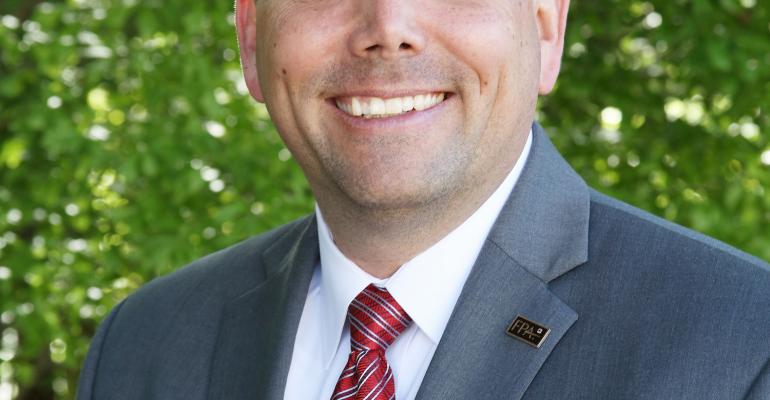The financial services industry has been evolving rapidly over the last three decades. There was an era when stockbrokers, insurance agents and investment advisors were proud of their professions and their titles and being a good “salesman” was a badge of honor. That era quickly faded as business models blurred due to regulatory changes, the explosion of available financial products and needs of the investing public.
According to some on Capitol Hill, the fight against the Department of Labor (DOL) fiduciary rule has been one of the most well-coordinated, well-funded efforts over the past decade. Most casual observers believe the fiduciary rule will have the largest impact on commission-based investment advisors, including registered representatives and insurance licensees. Yet keen observers realize that whether investment advisors are compensated by commissions and/or fees, nearly everyone in the financial services industry is subject to an inherent conflict of interest when talking to prospective clients about their retirement assets.
According to a report by the Investment Company Institute, there were over $7.3 trillion in assets at the end of the third quarter of 2015 in Individual Retirement Accounts. The report also shows that $335 billion was rolled over from employer-sponsored retirement plans to IRAs in 2012. One of the key elements of the DOL fiduciary rule will be how investment advisors determine whether it is in the client’s best interest to roll over assets from an employer-sponsored plan to an IRA. This is where the inherent conflict of interest resides. Is it in the best economic interest of the client or that of the representative, agent or investment advisor to determine whether the retirement funds stay with the employee-sponsored plan or be rolled over?
In 1963, the Supreme Court held that Section 206 of the Investment Advisers Act of 1940 imposes a fiduciary duty on SEC-registered Investment Advisors (RIAs) by operation of law. There is not “the” fiduciary standard but “a” fiduciary standard. I won’t pretend to be at the depth of fiduciary knowledge of a Keith Loveland, Marcia Wagner, Ron Rhoades or Blaine Aikin, but I know that the landscape is quite complicated—even before the arrival of the final DOL fiduciary rule—and FPA is working with our Financial Planning Coalition partners (CFP Board and NAPFA [National Association of Personal Financial Advisors]) to make sure our stakeholders understand and can comply with the new rule before it takes effect.
RIAs have to adhere to a 1940 Act fiduciary standard that focuses on the client’s best interest and includes full and fair disclosure, the duty to act with prudence, skill, care and diligence and avoid conflicts of interest. The re-proposed DOL fiduciary rule will most likely enhance that, causing investment advisors to hit the “fiduciary reset” before speaking to a client or prospective client about retirement assets.
One of the “resets” that investment advisors may face is the “Best Interest Contract Exemption” or BICE. When the rule comes out, RIAs will need to navigate when they must use the BICE and carefully review fees associated with any rollover to an IRA. A financial planner, whose fees cover more than just investment advice, will have to fully understand the implications of the rule.
Another area where investment advisors may have to shift gears is in their future marketing efforts. There has long been a perception in the financial services industry that how an investment advisor is compensated is key to determining their competence and ethical standing. The DOL fiduciary rule will most likely flatten the financial services landscape in the retirement space where differentiation by compensation is no longer compelling. Of all the broad issues outlined directly within the DOL fiduciary rule, perhaps the one that may cause the biggest challenge for investment advisors is the concept of “sameness.”
Membership organizations such as the FPA and NAPFA will be hard at work to help their members navigate the nuances of the rule once they are revealed. The CFP Board, keepers of the Certified Financial Planner (CFP) marks, will be diligent in their efforts to further help advisors differentiate themselves in an increasingly competitive landscape.
The rule will most certainly not bring about a financial armageddon many have worried about, and until the final rule is published in the Federal Register, nothing is certain except that change will be necessary.
Edward W. Gjertsen II currently serves as the 2016 Chair for the Financial Planning Association, the largest membership organization for CFP professionals in the country, and includes many others who support the financial planning process. Gjertsen is vice president of the financial planning and money management firm Mack Investment Securities.





